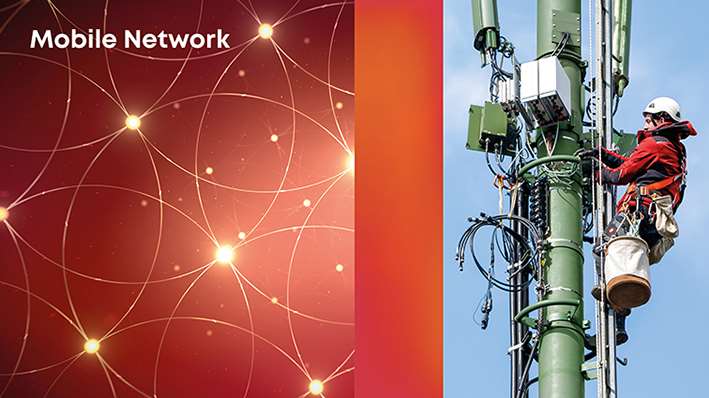The copper dilemma in mobile communication
Today's mobile communication systems use remote radios that exchange data with the base station via fiber-optic cables and are supplied with 48-volt direct-current (VDC) via copper cables. Copper is an industrial metal with a comparatively high environmental footprint and price. Therefore, operators tend to use smaller copper cable diameters to keep investment costs under control. However, the physical properties of copper do not support this practice: The longer and thinner a copper cable is, the higher its electrical resistance and the associated energy losses, leading to higher operating costs.

With the MASTERLINE Ultimate Hybrid High Voltage Cable, HUBER+SUHNER offers both a way out of this cost dilemma and a way to avoid energy losses The energy losses along the power cable are significantly lower due to a much higher operating voltage. However, the industry has not adopted this solution because high-voltage installations require certified installers.
These are hard to find compared to non-certified installers. In August 2022, under the heading “Environmental Engineering”, the European Telecommunications Standards Institute (ETSI) proposed a “progressive migration of information and communication technology (ICT) site to 400 VDC sources and distribution.” Other players in the market are working on fault managed power systems (FMPS). This new technology is being developed to ensure that non-certified installers and operators can safely handle 400 VDC installations.